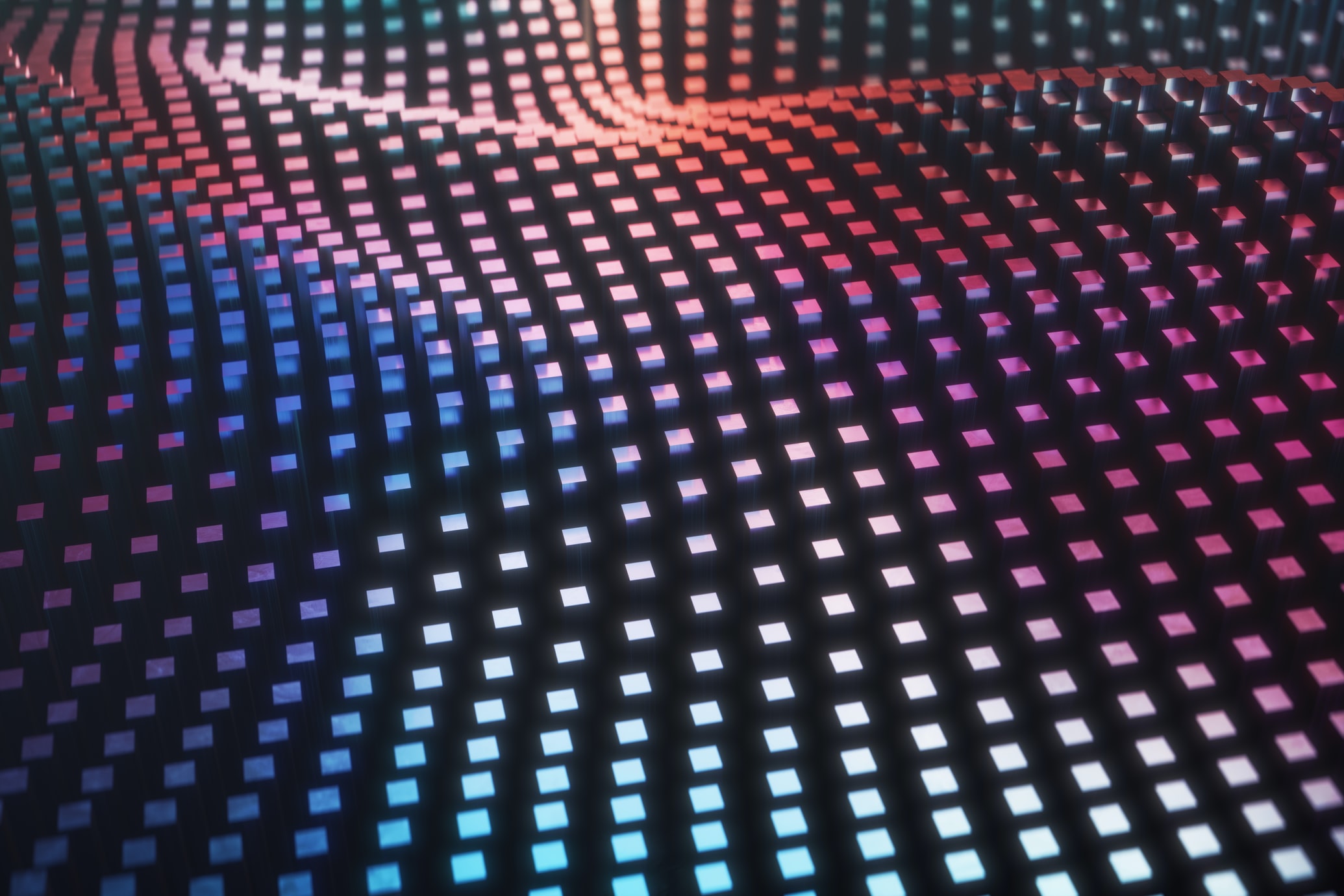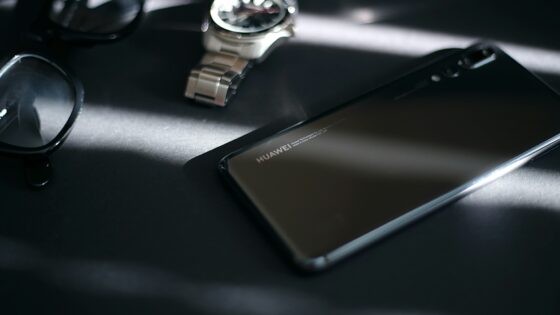
Credit: Unsplash
The digital world has never felt closer.
When it comes to staples of science-fiction, you can’t get much more mainstay than holograms. Massive sharks advertising Jaws 19, giant circuit-y ghost ladies floating between buildings; you name a classic sci-fi film, there’s probably at least one hologram in it. The current standard of technology obviously can’t produce such high-fidelity, free-flowing images, but thanks to a startup based out of Silicon Valley, we’ve just gotten a little bit closer.
In an official announcement, startup company Light Field Lab unveiled SolidLight, their new proprietary tech for super high-resolution holographic images. In fact, if the press release is to be believed, SolidLight is “the highest-resolution holographic display platform ever designed.”
SolidLight utilizes special panels with an absolutely unheard of pixel count, clocking in at 2.5 billion pixels on a 28-inch panel. That’s about 305 times the pixels of a 4K television, for reference. Of course, the pixels on these panels aren’t even in the same league as the pixels on your TV. These pixels can precisely manipulate waves of light to create nearly-solid looking imagery, in just about every size and shape you can think of. So far, the startup has set up demonstrations with images like a miniature soccer field, complete with moving players, a chameleon slowly crawling along a tree branch, and a massive tyrannosaurus rex. Also, since the system doesn’t use head-tracking and experiences no latency, it doesn’t cause motion sickness like some rudimentary holograms.
Light Field Lab shows off SolidLight high-res holographic display | VentureBeat https://t.co/8FNwAG5U7R
— T ∞ ♦︎🍦🦇🔊 (@TtTtTt1264) October 8, 2021
“SolidLight is unlike anything you have experienced before,” said Jon Karafin, CEO of Light Field Lab. “It’s only after you reach out to touch a SolidLight Object that you realize it’s not actually there. SolidLight redefines what is perceived as real, reshaping visual communications, audience engagement and customer experiences forever.”
Light Field Lab is already taking orders from potential customers. Their first goal is to use SolidLight to create massive display installations, such as living displays in a museum.































